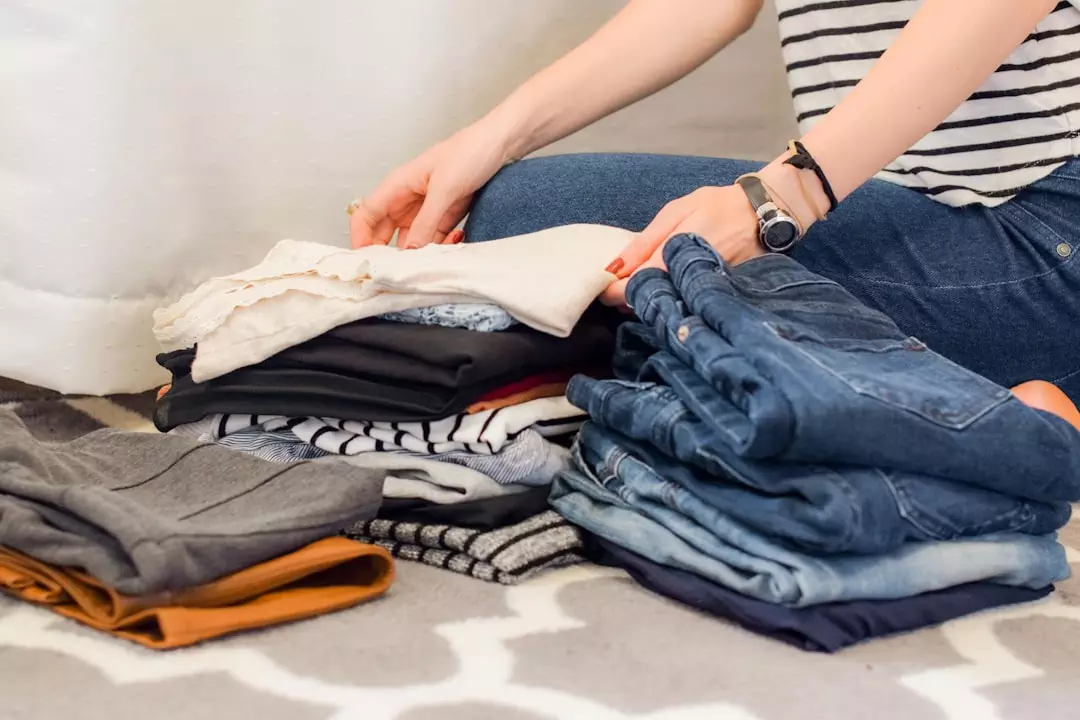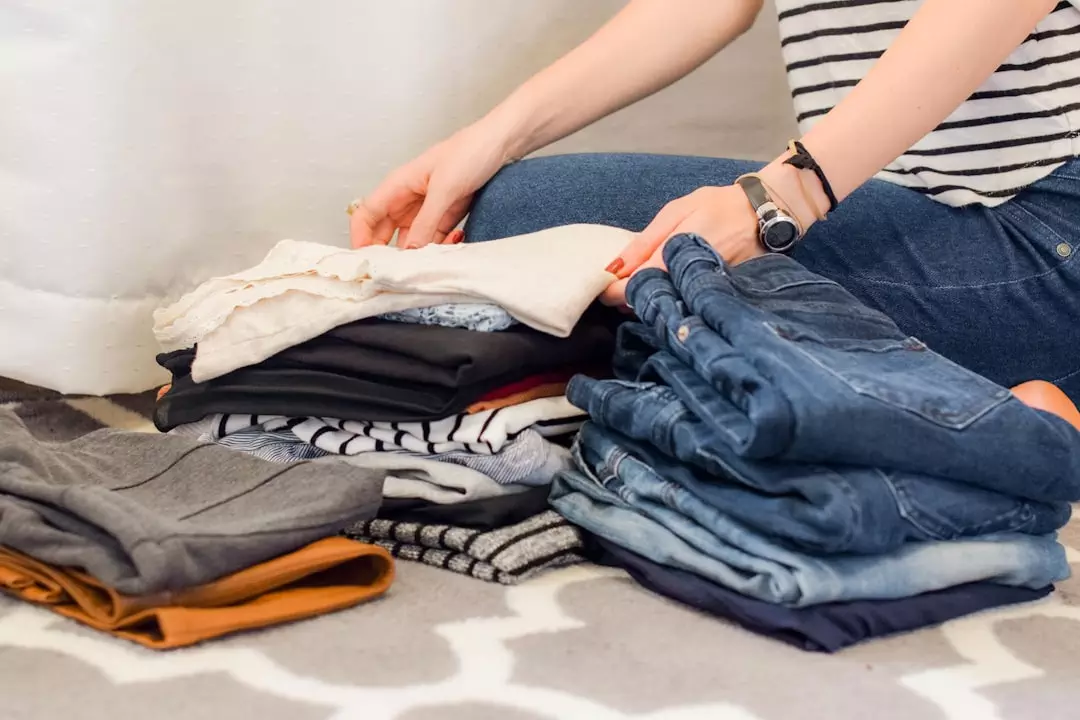Home staging significantly improves a property's marketability by showcasing its unrealized potential through strategic furniture placement, thoughtful organization, and targeted decluttering. This process emphasizes the functionality and charm of each room, highlighting architectural features and creating an inviting atmosphere for buyers. Effective home organization and decluttering are essential, as they not only help buyers envision their future in the space but also allow them to see the property's full potential. Home stagers use minimalist design principles to curate spaces that are both aesthetically pleasing and functional, ensuring every item serves a purpose. The integration of ample storage solutions aids in maintaining order and enhancing the perception of spaciousness. Additionally, skillful application of color psychology is used to evoke positive emotions and complement the home's features, further facilitating buyer engagement. Home staging thus combines artful design with practical organization, making a property more appealing and increasing its chances for faster sales at higher prices. Key practices include meticulous decluttering, strategic furniture arrangement, and selective use of accessories that reflect a balanced, lived-in ambiance, all aimed at making the home more enticing to potential buyers through home organization and decluttering.
Welcome to the transformative world of home staging, where expert interior design not only enhances property appeal but also showcases a home’s potential. This article delves into the nuanced art of home staging, guiding you through the pivotal role it plays in real estate success. From mastering the art of decluttering to crafting compelling visual narratives with strategic furniture placement, we explore the techniques that top stagers use to captivate buyers. We’ll also uncover the psychological impact of color choices and the subtle touches of accessorizing that elevate a space from ordinary to extraordinary. Whether you’re looking to sell your home or simply seeking inspiration for a fresh interior look, these insights into home organization and decluttering will be invaluable.
- Unlocking Potential: The Role of Home Staging in Enhancing Property Appeal
- Decluttering as a Foundation: Strategies for a Clutter-Free Space
- Crafting Visual Stories: How to Use Furniture Arrangement to Showcase Spaces
- Color Psychology and Home Staging: Choosing Palettes That Captivate Buyers
- Finishing Touches: Accessorizing with Purpose in Home Staging
Unlocking Potential: The Role of Home Staging in Enhancing Property Appeal
Home staging serves as a pivotal approach in showcasing a property’s inherent potential, transforming it into an inviting and aspirational space for prospective buyers. The strategic placement of furniture, thoughtful home organization, and expert decluttering are at the heart of this process, allowing each room to exude both functionality and charm. Stagers adeptly arrange items, ensuring every nook and cranny reflects a harmonious balance between ample storage solutions and minimalist aesthetics. This meticulous approach not only de-clutters but also emphasizes the architectural highlights of the property, making it easier for buyers to visualize their own lives within its walls. By curating an environment that resonates with a wide audience, home staging effectively heightens the appeal of the property, often leading to faster sales and higher offers. The role of a well-organized and decluttered space in this process cannot be overstated; it is the foundation upon which the stager’s artistry is built, creating a stage where a buyer’s imagination can freely roam.
Decluttering as a Foundation: Strategies for a Clutter-Free Space
Decluttering serves as a cornerstone in the realm of home staging interior design, offering potential buyers an unobstructed view of the property’s features and spatial potential. A clutter-free space can instantly make rooms appear larger and more inviting, which is crucial for prospective buyers to envision themselves living in the home. To achieve this, start by removing excess items from every area of the house. This not only includes surfaces like countertops and tables but also hidden spaces such as closets and cabinets. By organizing these areas and keeping only essential items visible, you create a well-curated environment that highlights the home’s best attributes.
When embarking on the decluttering process, prioritize simplicity and functionality. Group similar items together to maintain order, and consider their purpose and value. Items that serve no immediate function or add to the visual clutter should be either stored away or disposed of accordingly. During this stage, it’s beneficial to adopt a systematic approach, tackling one room at a time to avoid feeling overwhelmed. Emptying and organizing each space allows for a thorough cleaning, which further enhances the home’s presentation. Incorporating home organization and decluttering as fundamental practices in home staging not only streamlines the process but also elevates the overall appeal of the property.
Crafting Visual Stories: How to Use Furniture Arrangement to Showcase Spaces
Crafting a compelling visual narrative within a home is an art form that transcends mere decoration; it’s about telling a story that captivates potential buyers and highlights the spaces’ potential. Effective furniture arrangement plays a pivotal role in this process, serving as the cornerstone of successful home staging. To achieve this, stagers must first declutter and organize each room, ensuring every item has a purpose and contributes to an uncluttered, inviting atmosphere. By thoughtfully selecting and placing furniture pieces, stagers can guide the eye through the space, creating focal points that draw attention to the home’s best features. For instance, arranging living room furniture to facilitate conversation areas not only optimizes the room’s layout but also subtly suggests a lifestyle of comfort and social interaction. Similarly, in the bedroom, a minimalist approach with well-chosen pieces can convey a sense of calm and tranquility, encouraging buyers to envision their own serene sanctuary.
In the realm of home organization and decluttering, stagers are adept at paring down personal items, allowing potential buyers to project their own style and belongings into the space. This strategic process not only makes each room appear more spacious but also showcases the versatility and functionality of the design. Stagers employ a variety of techniques, from the placement of area rugs that define distinct zones within an open-plan living area to the use of mirrors and lighting that enhance natural light and create the illusion of additional space. The art of home staging through furniture arrangement is a delicate balance between form and function, ensuring every piece contributes to a cohesive and appealing visual story that entices buyers to envision their future home in its best possible light.
Color Psychology and Home Staging: Choosing Palettes That Captivate Buyers
In the realm of home staging, color psychology plays a pivotal role in crafting interiors that not only appeal to potential buyers but also facilitate a positive emotional response that can tip the scales in a seller’s favor. Strategic use of color can enhance the ambiance of a space, making it more visually appealing and inviting. Stagers often employ principles of color theory to select palettes that evoke feelings of comfort, tranquility, or excitement, depending on the target demographic and the property’s architectural style. For instance, soft neutrals can create a blank canvas for buyers to envision their own furniture and lifestyle within the space, while thoughtfully integrated pops of color can add warmth and character. Home stagers must also be adept at home organization and decluttering, ensuring that each room is not only aesthetically pleasing but also uncluttered, allowing the colors to shine and the space to breathe. This organizational skill is essential as it allows potential buyers to focus on the potential of the space rather than being distracted by excess personal belongings or disarray.
Furthermore, understanding color psychology extends beyond mere aesthetic considerations; it’s a nuanced tool that can influence buyer perceptions and emotions. For example, warm tones like reds and yellows can stimulate energy and enthusiasm, making a space feel more alive and dynamic. In contrast, cooler hues such as blues and greens can create a sense of calm and relaxation. Home stagers must navigate these subtleties carefully, balancing the psychological impact of each color with the overall design to maximize appeal. By integrating principles of home organization and decluttering, stagers can ensure that every element within the space contributes positively to the buyer’s experience, from the visual harmony of the colors to the unobstructed flow of the layout. This holistic approach to home staging, where design meets functionality and psychology, is what ultimately captivates buyers and can lead to a successful sale.
Finishing Touches: Accessorizing with Purpose in Home Staging
When it comes to home staging, the art of accessorizing with purpose is pivotal in creating a space that resonates with potential buyers. Home organization and decluttering are foundational elements that set the stage for tasteful accessorizing. A well-organized home conveys a sense of order and tranquility, making it easier for buyers to envision their lives within its walls. Stagers often employ minimalistic principles, ensuring each item serves a dual purpose: enhancing the aesthetic while providing functional value. Strategic placement of accessories like vases, art pieces, or decorative pillows can add warmth and character without overwhelming the space. The key is to maintain a balance where every accessory contributes to the room’s narrative without cluttering surfaces or crowding the space. This thoughtful approach not only makes the home more appealing but also emphasizes the potential for easy living, a quality that is highly sought after by prospective buyers looking for a place they can proudly call home. By focusing on home organization and decluttering, stagers can highlight the inherent qualities of the property, facilitating a seamless transition from a lived-in space to a must-have home on the market.
Home staging emerges as a pivotal strategy for sellers aiming to elevate their property’s appeal. By tapping into the expertise of home staging interior design, potential buyers can envision themselves in the space, leading to quicker and often more profitable sales. The art of decluttering serves as a cornerstone, allowing for a clean slate that emphasizes the home’s organization and flow. Furniture arrangement becomes a powerful narrative tool, creating visually appealing and functional spaces that tell a captivating story. Incorporating color psychology thoughtfully complements these efforts, setting an atmosphere that resonates with buyers’ emotions and aspirations. The judicious use of accessories further accentuates the home’s features, transforming it into a desirable commodity. Mastery in home staging not only reflects the property’s best attributes but also offers a lesson in home organization and decluttering, ensuring that every potential buyer’s visit leaves a lasting impression.


